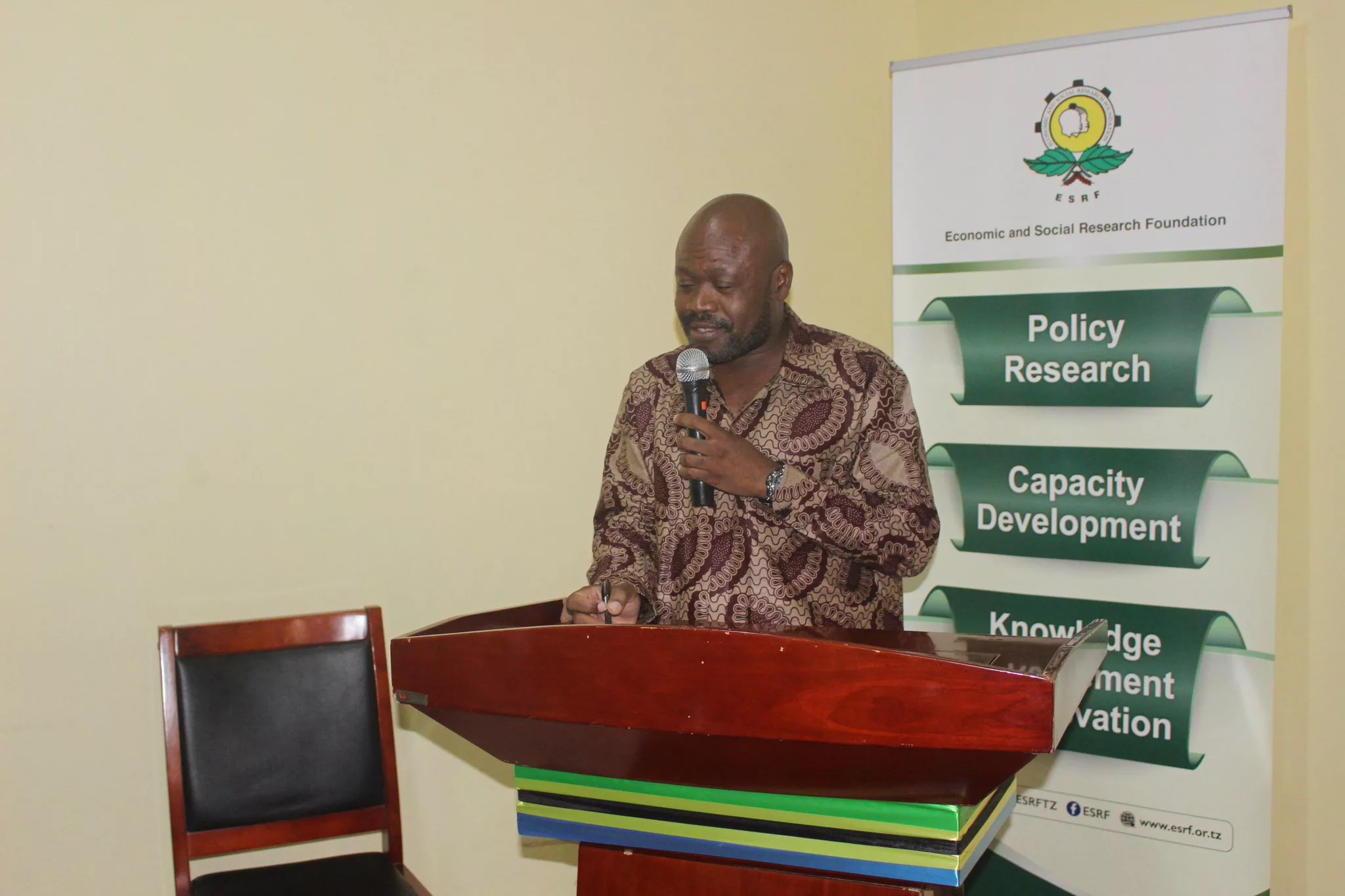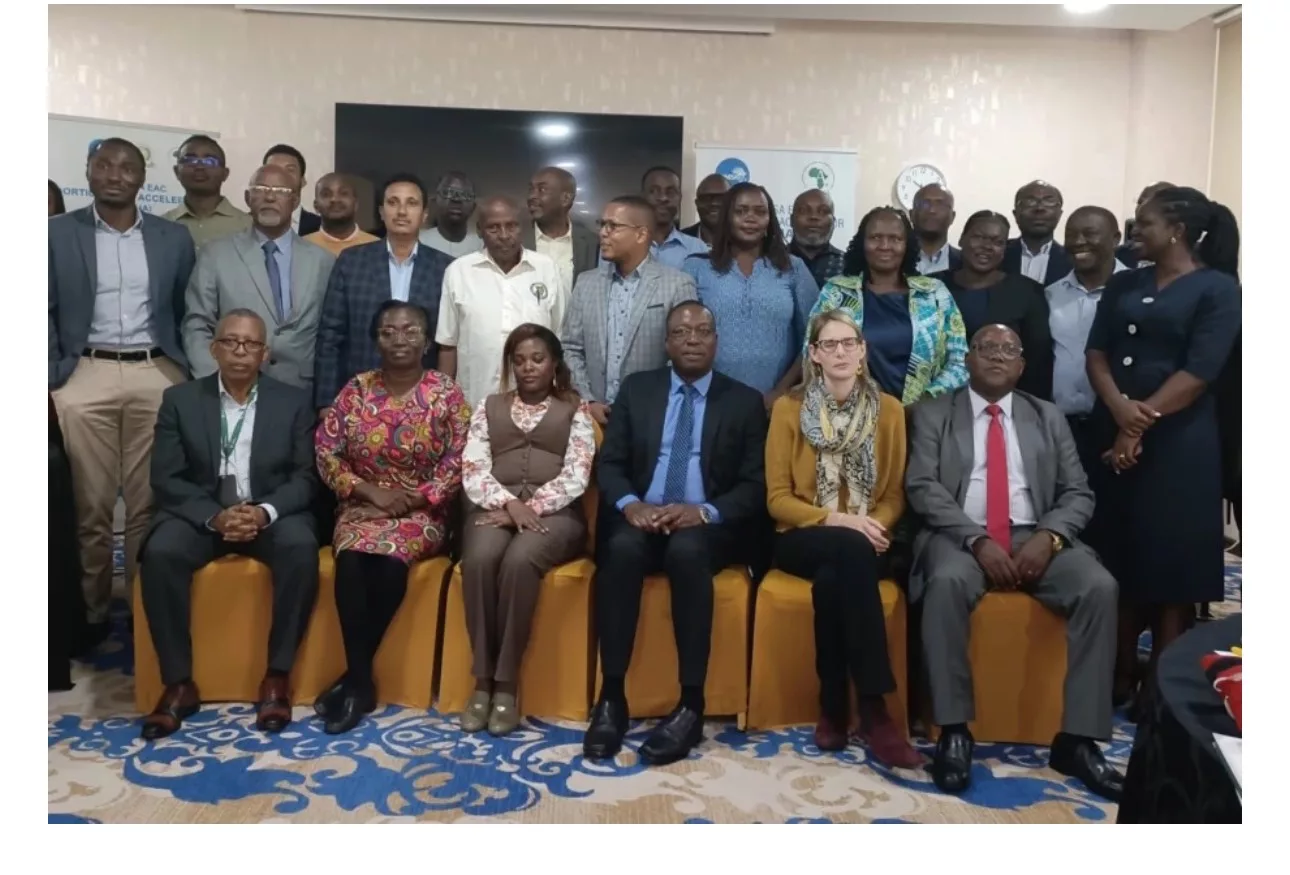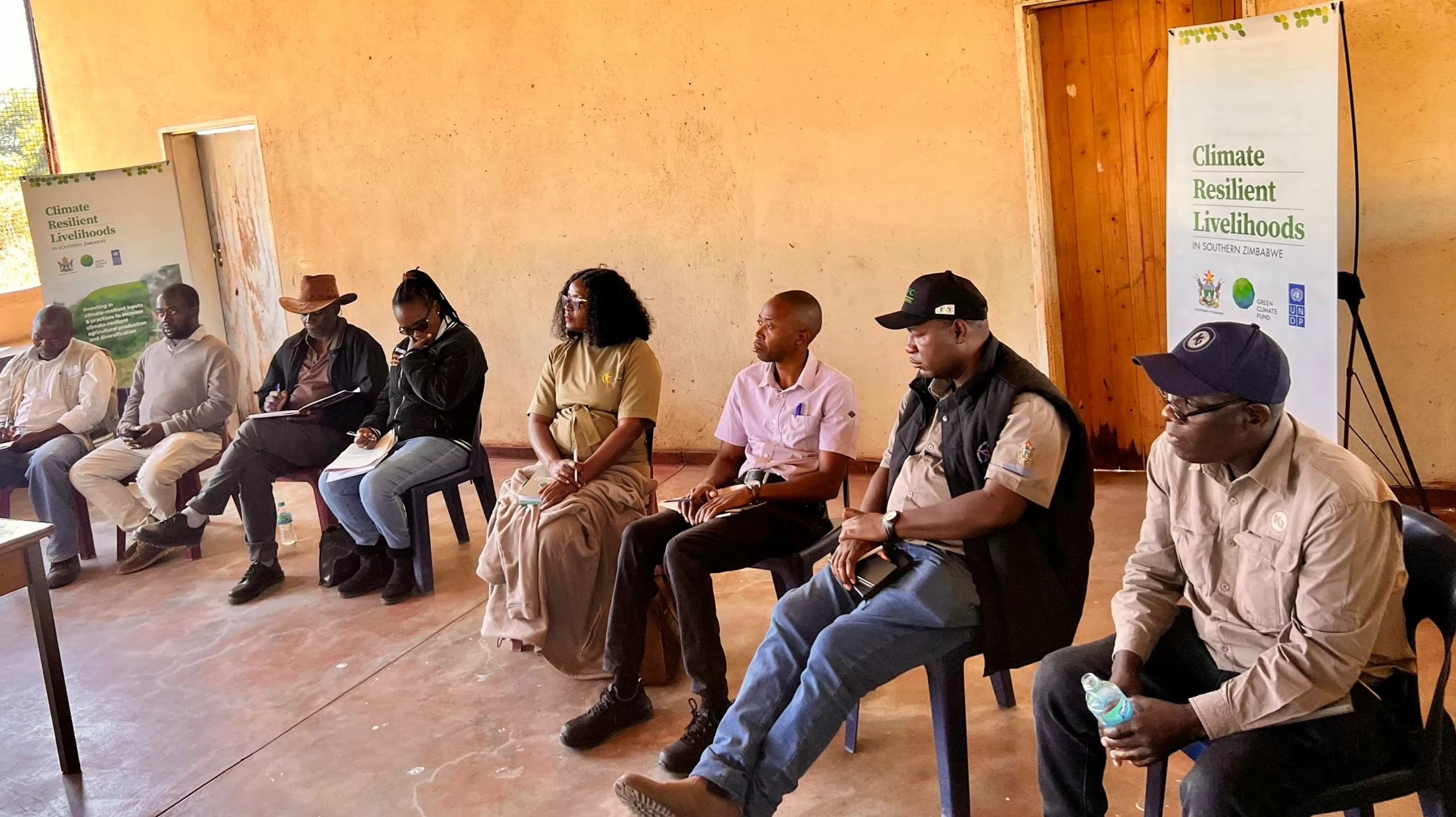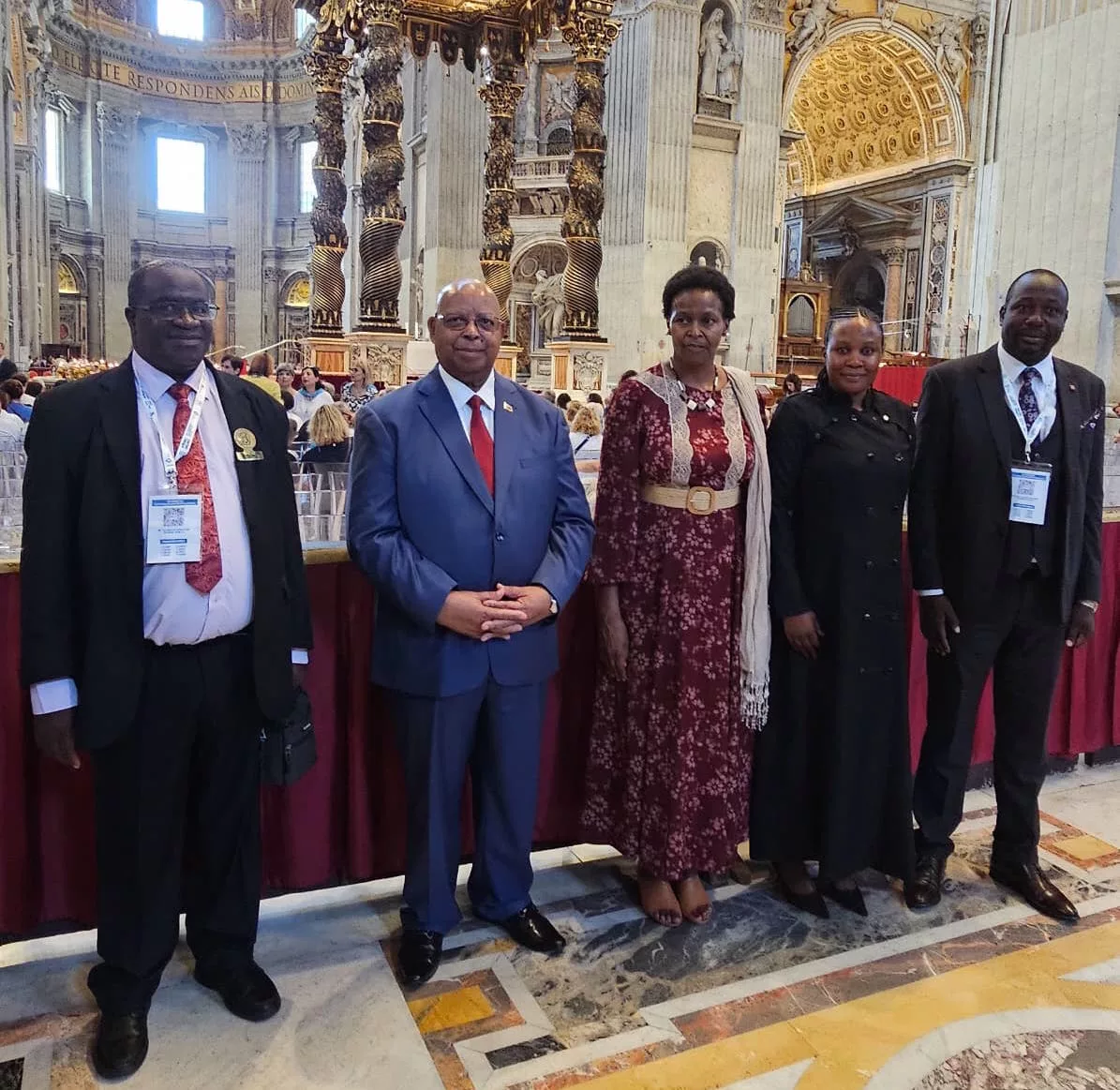Across the African continent, there is an increased recognition of the role youth and young people must play in shaping the future of agriculture and food systems.
That was captured in the remarks by Dr. Tshilidzi Madzivhandila, the Chief Executive Officer of the Food, Agriculture, and Natural Resources Policy Analysis Network (FANRPAN) today during the Southern African Development Community (SADC) Youth dialogue themed “Advancing Youth Inclusion in Africa’s Agricultural Policy and Investment Frameworks”.
“Social Inclusion, Equity, and Justice – especially for youth – underpins our work. This conversation is not only timely, it is necessary. For us at FANRPAN, we value your contribution as youth and young people – I wish I was still a “youth”.
“Across the continent, we are seeing increased recognition of the role youth and young people must play in shaping the future of agriculture and food systems,” Dr Tshilidzi said.
Despite the opportunities available for the youth in agribusiness, he bemoaned the fact that young people are vulnerable to unemployment and socio-economic injustice; have limited access to land, finance, and other production resources; and are excluded from decision-making and policy-making processes.
AGRA, in collaboration with FANRPAN, is implementing the project “Leveraging Knowledge Management to Enhance Policy Harmonisation and Domestication for Agricultural Transformation in EAC and SADC” under the “Youth Employment From Food and Agriculture” initiative (YEFFA).
FANRPAN is supporting the domestication and harmonization of the African Agribusiness Youth Strategy (AAYS), working closely with countries and their national government and related stakeholders to ensure that agricultural investment plans are not only youth-aware but also youth-responsive and inclusive.
“At FANRPAN, we strongly believe youth must be at the centre of agricultural policy and investment frameworks. It’s not just about consulting youth, it’s about co-creating solutions with them. Inclusion must go beyond participation, it must translate into voice, leadership, and ownership. If we are serious about sustainable transformation, youth cannot be on the margins of policy; they must be part of the agenda.
“Our commitment to youth inclusion is long-standing and unwavering. We work across the continent to create spaces for youth to engage in evidence-based policy dialogue. Through the African Agribusiness Youth Strategy and other platforms, FANRPAN will continue to promote youth-led research, innovation, and entrepreneurship. Our goal is clear. It is to institutionalize youth inclusion in policy processes, from national plans to regional and continental strategies,” Dr Tshilidzi added.
In his address, Domingos Zefanias Gove, the Director of Food Agriculture and Natural Resources (FANR) at the Southern African Development Community (SADC) Secretariat alluded to the SADC Regional Indicative Strategic Development Plan (RIDP) which noted a decline in key economic sectors, thereby negatively impacting the youth.
“Speaking about the review of our Regional Indicative Strategic Development Plan, we have seen that industrial development and trade are declining. The manufacturing value added has been stagnant for more than 20 years while employment has also declined. Food and nutrition security is declining every year whereas 18% of the total population is food and nutrition insecure due to climate impacts, but equally economic failures and challenges and so on.
“If we look into the Comprehensive Africa Agricultural Development Programme, the entire continent is not on track on the seven commitments that were agreed when the Malabo Declaration was approved. So we are not doing well as a continent. We are not doing well as a region. This is the context in which the youth have to try their best to thrive and move forward. Industrial employment is stagnant. We are currently around 11% against a 2030 target of 40%,” Gove said.
He said SADC has developed the regional agriculture investment plan which is a five-year tool used to implement the regional agriculture policy – CAADP.
“In our region, we have been able to align our regional agriculture investment plan with the recently approved Kampala Declaration, the new program for development that was approved in January 2025 by the heads of states and governments. One of the components of the Kampala Declaration that we have adopted is inclusivity, meaning that the youth have to be empowered so that they are included in the development of the policies,” he added.
The AGRA Regional Director for East and Southern Africa, Prof Jean Jacques M. Muhinda said the youth remains the most dynamic asset that
the continent has.
He said the food sector offers massive opportunities to address the current challenges associated with youth unemployment on the continent hence the need for the integration of youth in the food sector transformation.
“The African Agribusiness Youth Strategy was designed to ensure that it guides the participation of youth in food agenda from the continent in line with the Agenda 2063 and the new CAADP Strategy and Action Plan. The current Kampala Strategy and Action Plan recognizes strongly that equipping youth, especially young women with training, mentorship, and access to vital resources such as land and finance empowers them to be change agents in the agri-food systems,” Prof Muhinda said.
Dr Rachel Mkandawire from FANRPAN said Africa has a young population of over 450 million young people, and the SADC region has over 60% of the youth, which is under 35.
“Most of them are living in rural areas. They face significant barriers. They are marginalized systemically from owning land. They don’t own capital assets mainly to have gainful and decent employment. However young people have the potential, and the energy and they have creativity and
adaptability that need to be harnessed as well as incorporated into agriculture strategies. They can use agricultural programs to improve and drive inclusive and sustainable economic growth.
“In addition to that, young people also bring lived experiences, and their practical insights like unemployment, and digitalization, they also understand the food consumption trends that are currently taking place, and from that they can create and respond easily to how the dynamics within the food space, the food consumption, the food production space is operating. Engaging youth also ensures social inclusion. If you marginalize young people who make up the most of the population, what will the future look like? So that’s one of the reasons why this study, this strategy is very important to Africa,” she said.
She added that the African agriculture youth strategy seeks to promote youth entrepreneurship and employment within the agribusiness.
Dr. Mkandawire emphasised that not only does the strategy aim at empowering youth as programme beneficiaries, but as decision-makers and implementers, and hence the need to embed them in every step of the value chain, from co-creation to production and consumption and also taking into account issues of distribution and marketing.
Dr. Mwaka Namukonda, the coordinator of the Consortium of African Youth in Agriculture and Climate Change (CAYACC), praised SADC for being the first regional economic community that is pushing the agenda of the regional agricultural investment plan and also making sure that the youth are being included through the Africa Agribusiness Youth Strategy in conjunction with FANRPAN, AGRA, and the African Union Commission.






